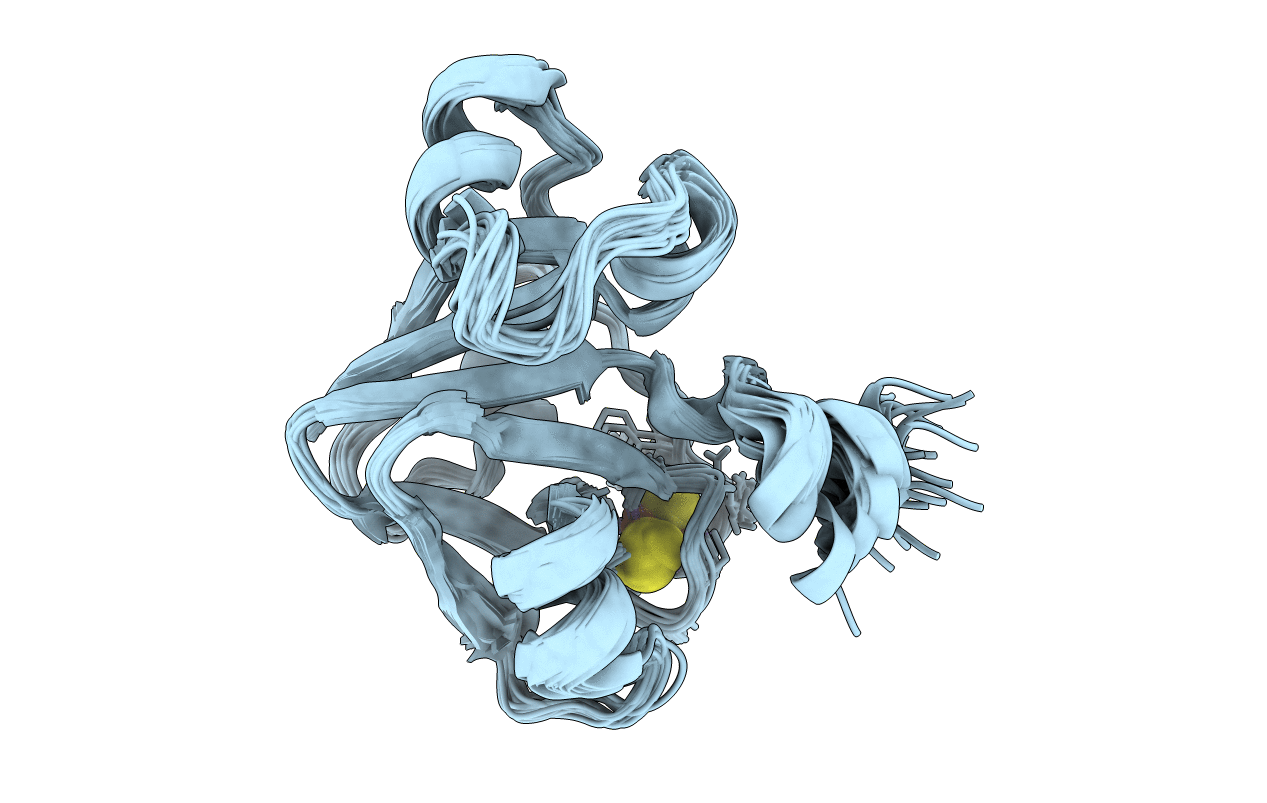
Deposition Date
2000-04-11
Release Date
2001-04-12
Last Version Date
2024-11-20
Method Details:
Experimental Method:
Conformers Calculated:
60
Conformers Submitted:
20
Selection Criteria:
LEAST RESTRAINT VIOLATION, LOWEST ENERGY


